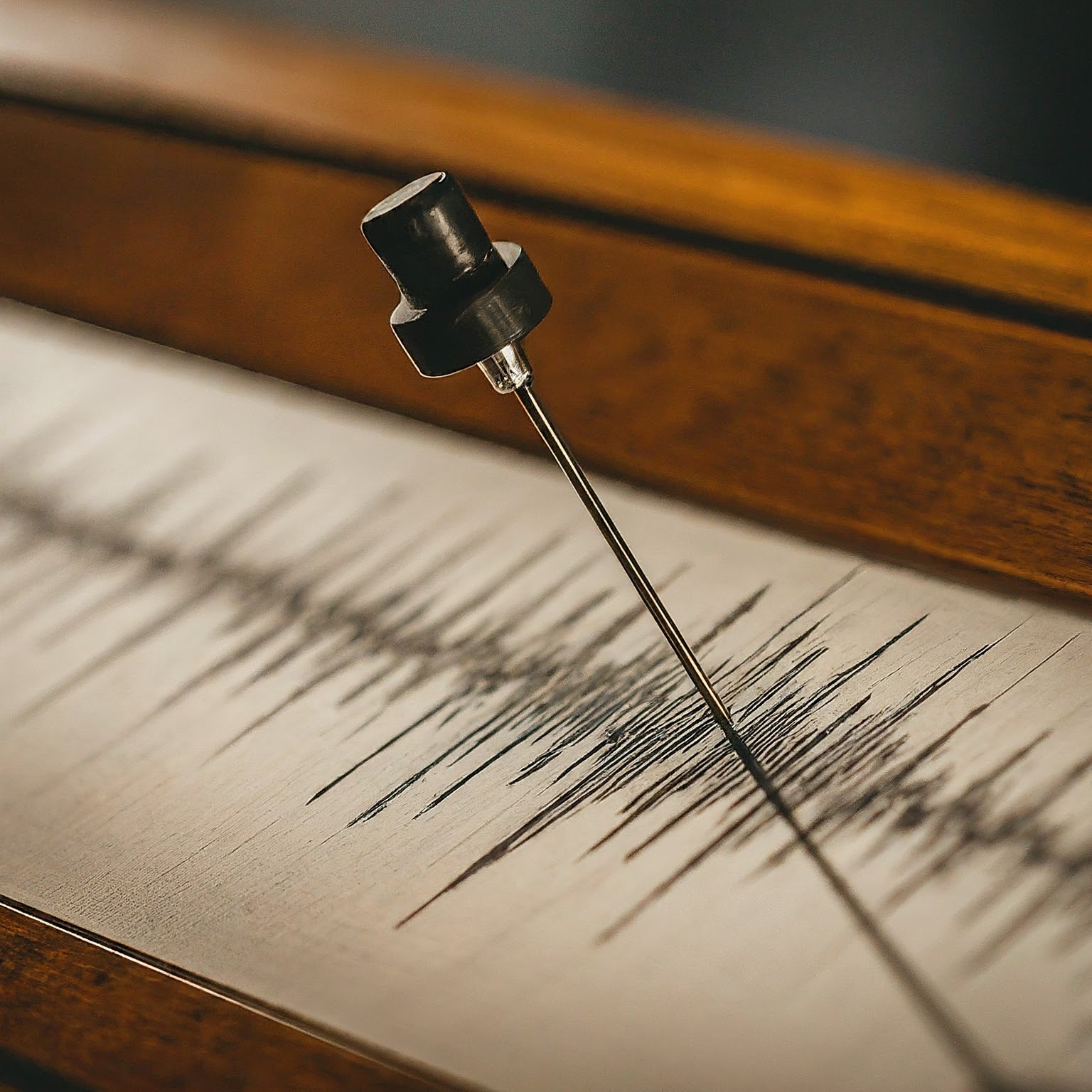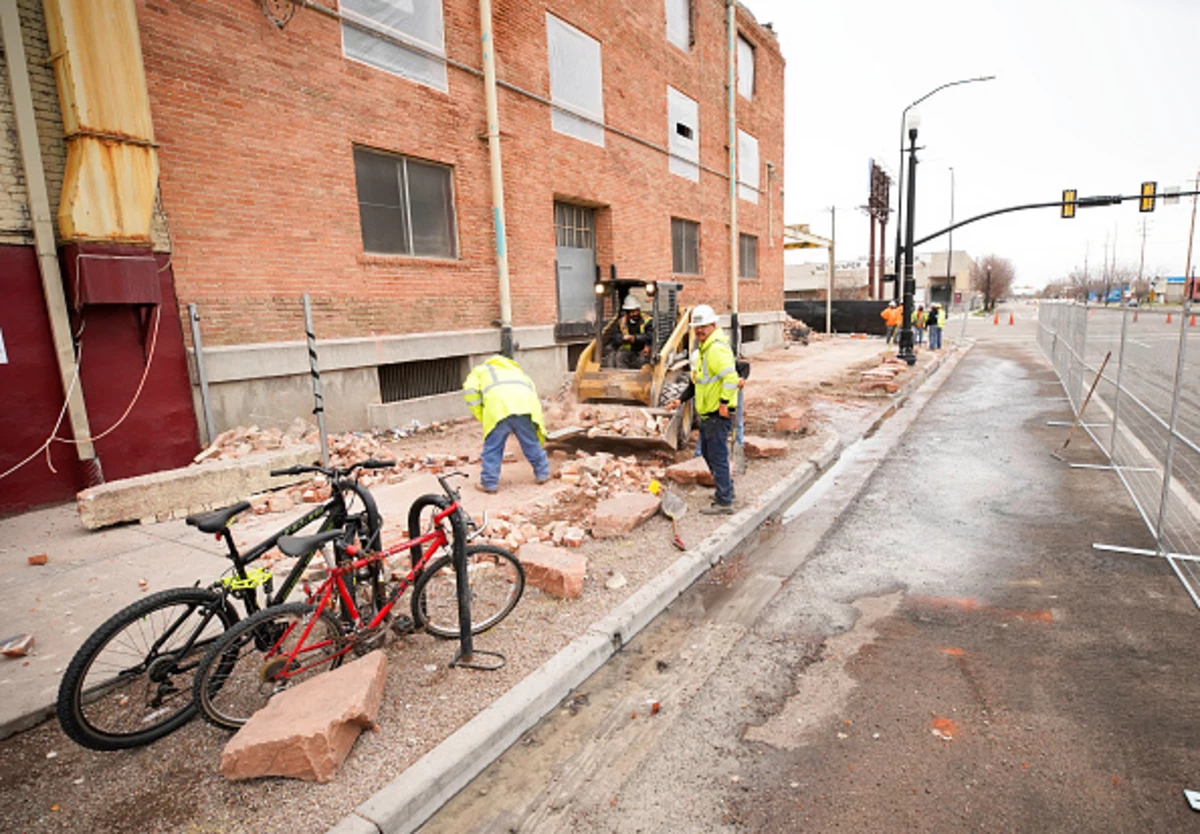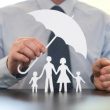Meet Dr. Anna Rivera:
Dr. Anna Rivera is a seismologist with over 15 years of experience studying earthquakes on the East Coast. Her research focuses on earthquake prediction, hazard mitigation, and community preparedness. In this blog, Dr. Rivera dives deeper into the recent East Coast earthquake, exploring its impact beyond the initial tremors.
Many of us on the East Coast recently experienced the unnerving tremors of an earthquake. While the shaking itself may have subsided, the event serves as a stark reminder of the unseen consequences that linger after the ground stops moving. As a seismologist who has dedicated my career to studying earthquakes in this region, I want to delve into the broader impacts of this event, explore how science can help us prepare for the future, and offer practical tips to keep you and your loved ones safe.
Beyond the Shaking: Unseen Effects of the East Coast Earthquake
While the immediate aftermath of the earthquake may have focused on collapsed buildings and downed power lines, the impact extends far beyond the initial damage. Earthquakes can inflict significant harm to a region’s infrastructure, the backbone of our daily lives. Bridges, roads, and buildings may sustain cracks or structural weaknesses that may not be immediately apparent. These hidden vulnerabilities can pose serious safety hazards and require extensive repairs, disrupting transportation networks and causing delays. Disruptions to power grids and water lines can further complicate recovery efforts, leaving residents without essential services.
The economic impact of earthquakes can also be significant. Businesses may be forced to close due to damage or disruptions to utilities, leading to lost revenue and employee layoffs. Increased insurance costs in the wake of an earthquake can further strain businesses and residents alike. Tourism, a vital economic engine for many coastal communities, can also suffer as visitors shy away from areas perceived as earthquake-prone. In the long run, the economic recovery from a major earthquake can take months or even years.
Infrastructure Under Scrutiny: Assessing Earthquake Vulnerability
The recent earthquake has cast a spotlight on the vulnerability of East Coast infrastructure. Unlike their West Coast counterparts, many Eastern cities were built without considering the potential threat of earthquakes. Building codes in these regions may not adequately address seismic activity, leaving structures susceptible to damage. Following the earthquake, engineers and government officials will be tasked with assessing the condition of critical infrastructure and implementing necessary upgrades. This process can be time-consuming and expensive, but it’s vital to ensure the safety and well-being of residents in the face of future earthquakes.

Economic Tremors: Ripple Effects on Businesses and Communities
The economic impact of an earthquake can be felt far beyond the immediate vicinity of the epicenter. Disruptions to transportation networks can create logistical nightmares for businesses, hindering the flow of goods and services. Supply chains may be disrupted, leading to shortages and price hikes for essential goods. The tourism industry, a major source of income for many coastal communities, can take a significant hit as potential visitors choose to avoid earthquake-prone areas. The combined effects of lost revenue, increased insurance costs, and rebuilding efforts can place a significant strain on local economies, requiring a long-term recovery plan.
Learning from the Ground Up: Science and Future Preparedness
The recent earthquake serves as a powerful reminder of the importance of earthquake science. By studying past earthquakes, geologists and seismologists can gain valuable insights into fault lines, seismic activity patterns, and the potential for future events. This knowledge is crucial for developing more accurate earthquake prediction models, allowing communities to prepare and respond more effectively. Additionally, ongoing research into earthquake-resistant building codes can help us construct structures that can withstand seismic activity with minimal damage.
Investing in earthquake preparedness initiatives is essential for safeguarding lives and livelihoods. Community outreach programs can educate residents on earthquake safety measures, such as creating a home earthquake plan, assembling an emergency kit, and practicing “drop, cover, and hold” drills. Local authorities can work with engineers to identify and retrofit critical infrastructure, making them more resilient to earthquakes. By working together, scientists, communities, and government officials can build a more prepared and earthquake-resistant East Coast.

Earthquake 101: Essential Safety Tips for East Coast Residents
While earthquakes can be unpredictable and unsettling events, there are steps you can take to protect yourself and your loved ones. Here are some essential safety tips for East Coast residents:
- Create a Home Earthquake Plan: Discuss earthquake safety with your family and develop a plan for what to do in the event of an earthquake. This plan should include designated meeting locations, escape routes, and procedures for shutting off utilities.
- Assemble an Emergency Kit: Prepare an emergency kit that contains essential supplies for at least three days, such as non-perishable food, bottled water, a first-aid kit, medications, flashlights, batteries, a battery-powered radio, and a whistle.
- Practice “Drop, Cover, and Hold”: This lifesaving technique involves dropping to the ground, taking cover under a sturdy object (like a desk or table), and holding on until the shaking stops.
- Secure Your Home: Walk through your home and identify potential hazards that could fall or break during an earthquake. Secure heavy furniture to walls, and consider using earthquake putty to keep objects from slipping off shelves.
- Stay Informed: Familiarize yourself with earthquake safety information from reputable sources like the United States Geological Survey (USGS) and your local emergency management office.
Building Resilience: Preparing Your Home and Family for Earthquakes
Earthquakes may be inevitable, but their impact can be mitigated. By taking proactive steps to prepare your home and family, you can significantly reduce the risk of injury and property damage. Here are some additional measures you can consider:
- Conduct a Home Earthquake Hazard Hunt: Look for potential hazards in and around your home, such as unsecured bookcases, heavy mirrors hanging on walls, or unsecured gas appliances. Address these hazards by anchoring furniture, relocating heavy objects to lower shelves, and using earthquake straps to secure gas appliances.
- Retrofit Your Home: For older homes, consider consulting with a structural engineer to assess the earthquake resistance of your property. Depending on the evaluation, specific retrofitting measures might be recommended, such as strengthening walls or adding foundation bracing.
- Invest in Earthquake Insurance: Standard homeowner’s insurance typically doesn’t cover earthquake damage. Consider purchasing earthquake insurance to provide financial protection in the event of a major earthquake.
- Prepare Your Neighborhood: Connect with your neighbors and discuss a neighborhood earthquake preparedness plan. This could involve establishing a communication system, identifying safe zones within the neighborhood, and coordinating resources in the aftermath of an earthquake.
Conclusion: Building a More Resilient East Coast
The recent earthquake on the East Coast serves as a wake-up call. While the tremors may have subsided, the event underscores the importance of earthquake preparedness and risk mitigation strategies. By investing in scientific research, strengthening infrastructure, and educating communities, we can build a more resilient East Coast that can withstand future earthquakes with minimal disruption and loss.
Remember, earthquakes may be a natural phenomenon, but their impact doesn’t have to be devastating. By taking proactive steps and working together, we can create safer and more earthquake-resistant communities for ourselves and future generations.











